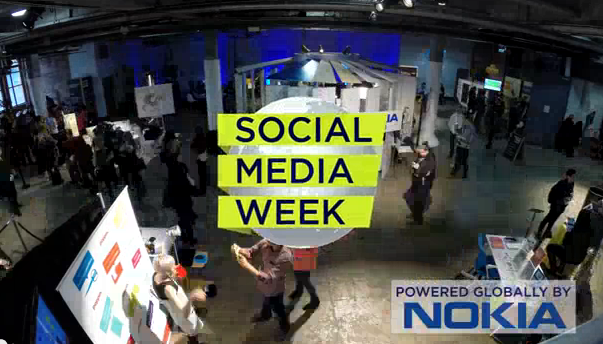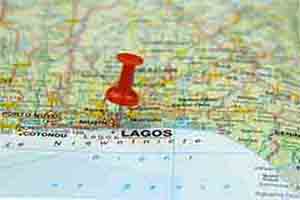For the first CG Godzilla, director Gareth Edwards wanted a more believable and empathetic creature, so MPC was given the animation task, under the VFX supervision of Oscar winner Guillaume Rocheron (Life of Pi).
Translating Godzilla from concept artwork to a photo-real living creature took MPC’s artists seven months, working up each part of his body, from the underlying bones, fat and muscle structure to the thickness and texture of his scales. With the close-up nature of the camera work and the sheer scale of the asset, a tremendous amount of detail had to be painted and sculpted.
With respect for Toho’s original “man in a suit” version, Godzilla was animated as a fluid living and breathing creature with the addition of humanistic elements to capture his attitude and personality. MPC’s artists used a mixture of body language and carefully designed facial expressions, which allowed them to translate emotions and expressions without breaking the believability of the creature. MPC’s animation team utilized a variety of references, including the movement of bears and reptiles, as a basis for the keyframe animation that gave Godzilla movement.
The way Edwards plays the man vs. nature theme is like a thriller, teasing shots early on and building suspense before the full reveal and not overplaying the spectacle.
“We found that it was always efficient graphically to show the spikes on his spine,” Rocheron explains. “And when Godzilla looked toward the camera, we would pose him so he looked slightly down. You get that fairly aggressive feeling but, at the same time, we would position the back and the spikes so you would get that kind of mohawk. If you look at him up close, you can see all of Godzilla’s expressions but further away you see him more as a silhouette that’s very graphic.”
By framing Godzilla primarily in silhouette (shot by cinematographer Seamus McGarvey), the experience is more intense. “We were using background environments and patches of light and fire to help shape the image as a strong composition. We spent a lot of time lighting Godzilla and [his combatants, the MUTOS] so they registered clearly,” Rocheron adds. “We were simulating many different kinds of skin because if you look across Godzilla’s body, it’s covered with around 10 different types of skin thicknesses.”
MPC used Maya as the base software along with ZBrush for modeling, Mari for texturing and Kali (its proprietary destruction simulation tool) through the Katana lighting interface. In fact, Kali was upgraded and given a number of significant incremental improvements to make photo-real destruction.
Reposted from : http://billdesowitz.com/









